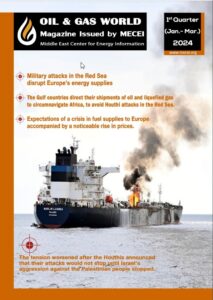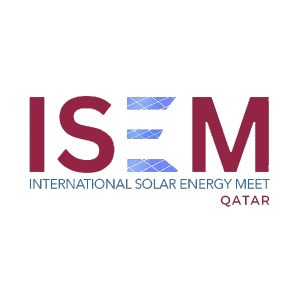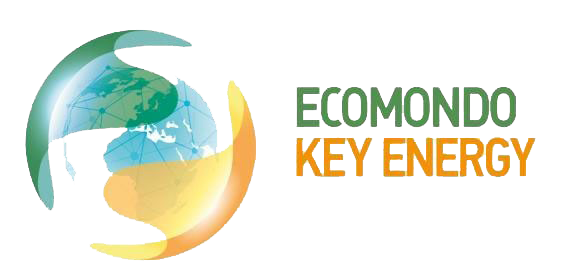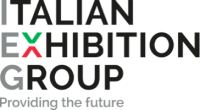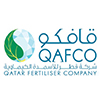- ASRY Awarded 2024 RoSPA Gold Medal in Health and Safety
- BP ponders shifting focus away from renewables, say sources
- QatarEnergy enters 10-year naphtha supply agreement with Japan’s ENEOS Corporation
- The International Energy Agency expects oil demand growth to slow in 2024
- The International Monetary Fund re-selects Kristalina Georgieva as its director
- Libya to target producing 1.4 million b/d by end 2024
- TotalEnergies launches the Marsa LNG project and deploys it multi-energy strategy in Oman
- H.E. Minister Al-Kaabi: Demand for oil and gas will continue for long; we have to be responsible, and Qatar is doing its part
- Egypt to stop exporting LNG starting from the beginning of May 2024
- QatarEnergy selects Nakilat to own and operate 25 conventional LNG vessels

United Arab Emirates: Multiple projects and huge investments in clean energies

As part of its ambitious plan in the field of clean energy and the early exploitation of all renewable energy sources, the United Arab Emirates inaugurated the first peaceful reactor to generate nuclear energy in the region, confirming its leadership in the field of clean energy, as part of strategic plans to combat climate change.
Existing clean energy investments in the UAE amount to more than 120 billion dirhams, distributed between nuclear and renewable energy, according to the official indicators of a package of projects that have entered the scope of development and operation, which contributes to achieving the country’s long-term vision to generate half of the local energy from clean sources until 2050.
The largest share of the existing investments in clean energy in the UAE is concentrated in the “Barakah” project for peaceful nuclear energy, which has a volume of investments of about 90 billion dirhams. The operation and connection of the first reactor within the project to the commercial network has been completed, and preparations are currently underway to operate the second plant, and the project will enter the remaining two stations in operation until 2024.
In Abu Dhabi, the existing package of renewable energy projects is currently about 10 billion dirhams distributed among the four solar energy plants, which is the Masdar plant that operates to generate electricity using photovoltaic panels and was classified when operating as the largest of its kind in the Middle East with a production capacity of about 17,500 megawatts of clean energy annually.
The capital also includes other projects represented in the “Shams” 1 and “Noor” stations, which entered service in turn, followed by the “Al Dhafra” station, which is under development and operation to become the largest photovoltaic power generation project in the world.
Among these initiatives, the Emirate of Abu Dhabi announced its Al Taweelah plant for seawater desalination with solar energy and reverse osmosis technologies, which in turn is also the largest globally in terms of cost, exceeding 3 billion dirhams, and is expected to enter operation during the next year 2022.
In Dubai, the emirate aims to raise its total investments in the field of solar energy to 50 billion dirhams from the current value of about 20 billion, through its main project, the Mohammed bin Rashid Solar Energy Complex, which has entered 3 stages of operation, while the fourth stage of operation is expected to be fully completed and the fifth and final stage to be completed, until the end of the current decade.
The emirate has set specific percentages to diversify energy sources, so that the sustainable energy share will reach about 32% of the total targeted electric energy, and it has launched an initiative to establish a financing fund for projects in the field of future energy production of about 100 billion dirhams.
The state’s vision, according to the indicators announced by the Ministry of Energy, aims to raise its assets in clean future energy projects to approximately 650 billion dirhams during the coming decades, while implementing plans to expand its existing investments to double the share of renewable sources for electric power generation, in successive time stages to meet the high domestic energy consumption during that period (6% annually).
In light of this, the UAE seeks to increase the target percentage of clean energy to 30% by 2030. It also aims to produce 25-30% of its electrical needs from nuclear and solar energy.
The UAE also launched its green development strategy in 2012 under the slogan “Green Economy for Sustainable Development”, which aims to make the country one of the world’s leading countries in the field of green economy products and technologies, and to preserve a sustainable environment to achieve the country’s vision for the year 2021.


